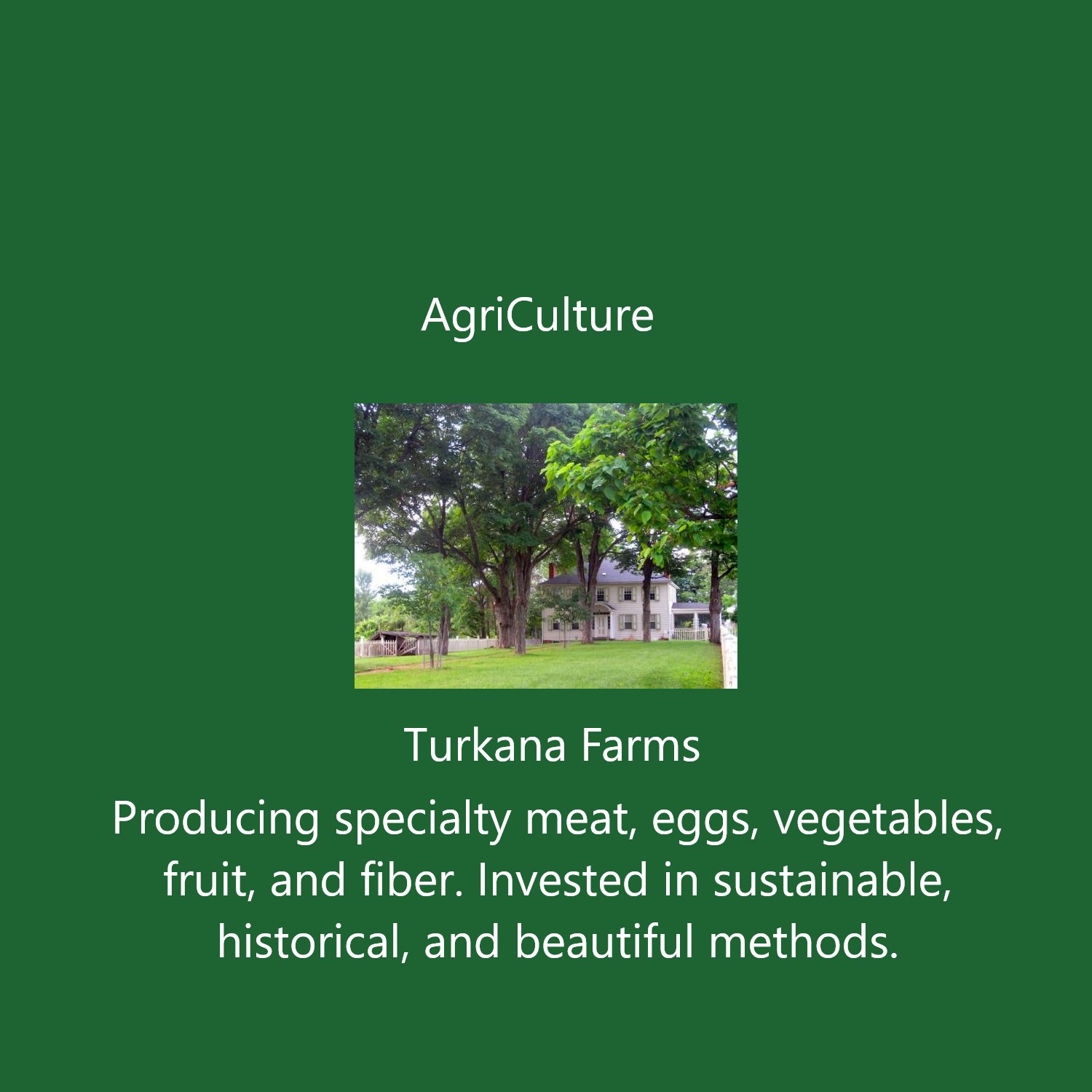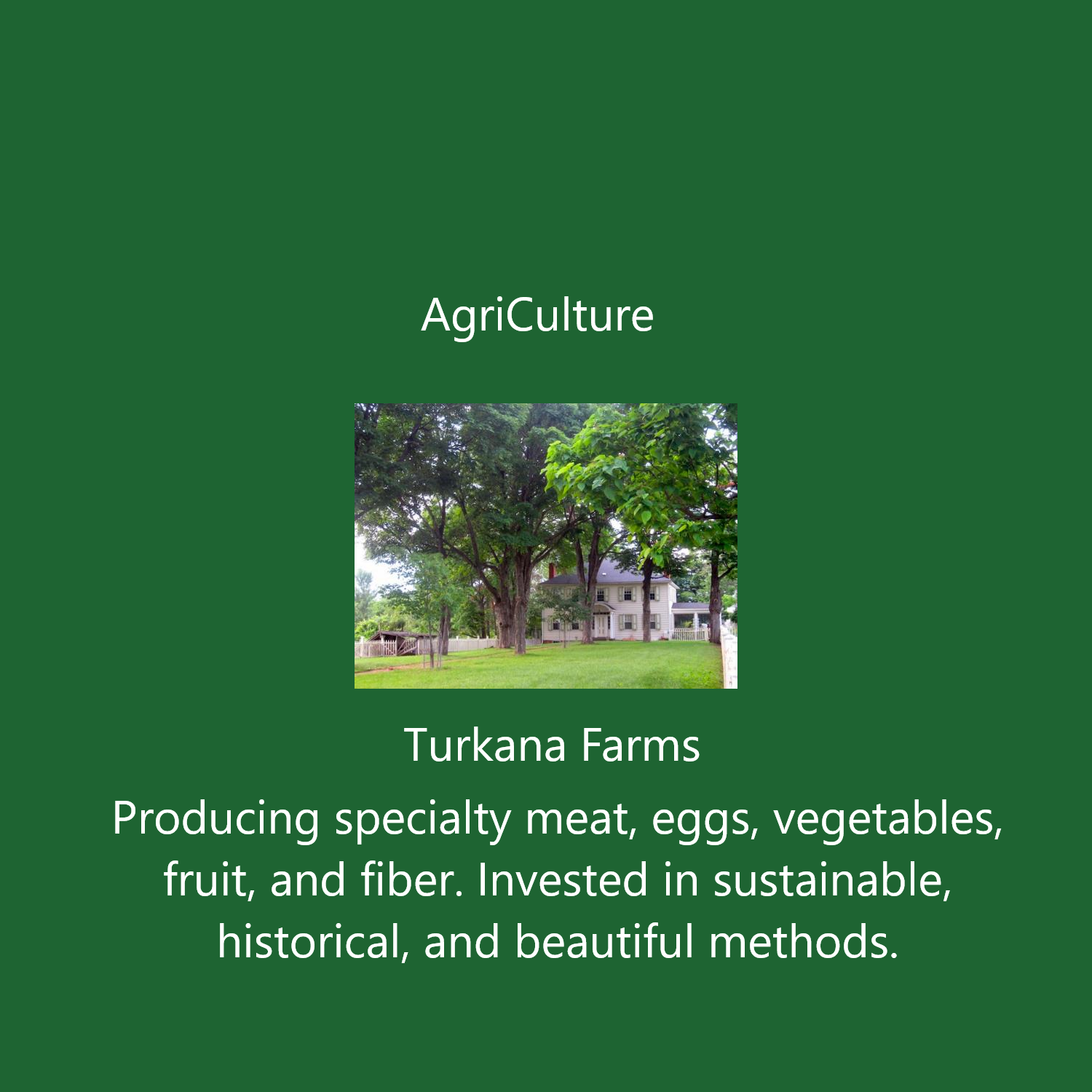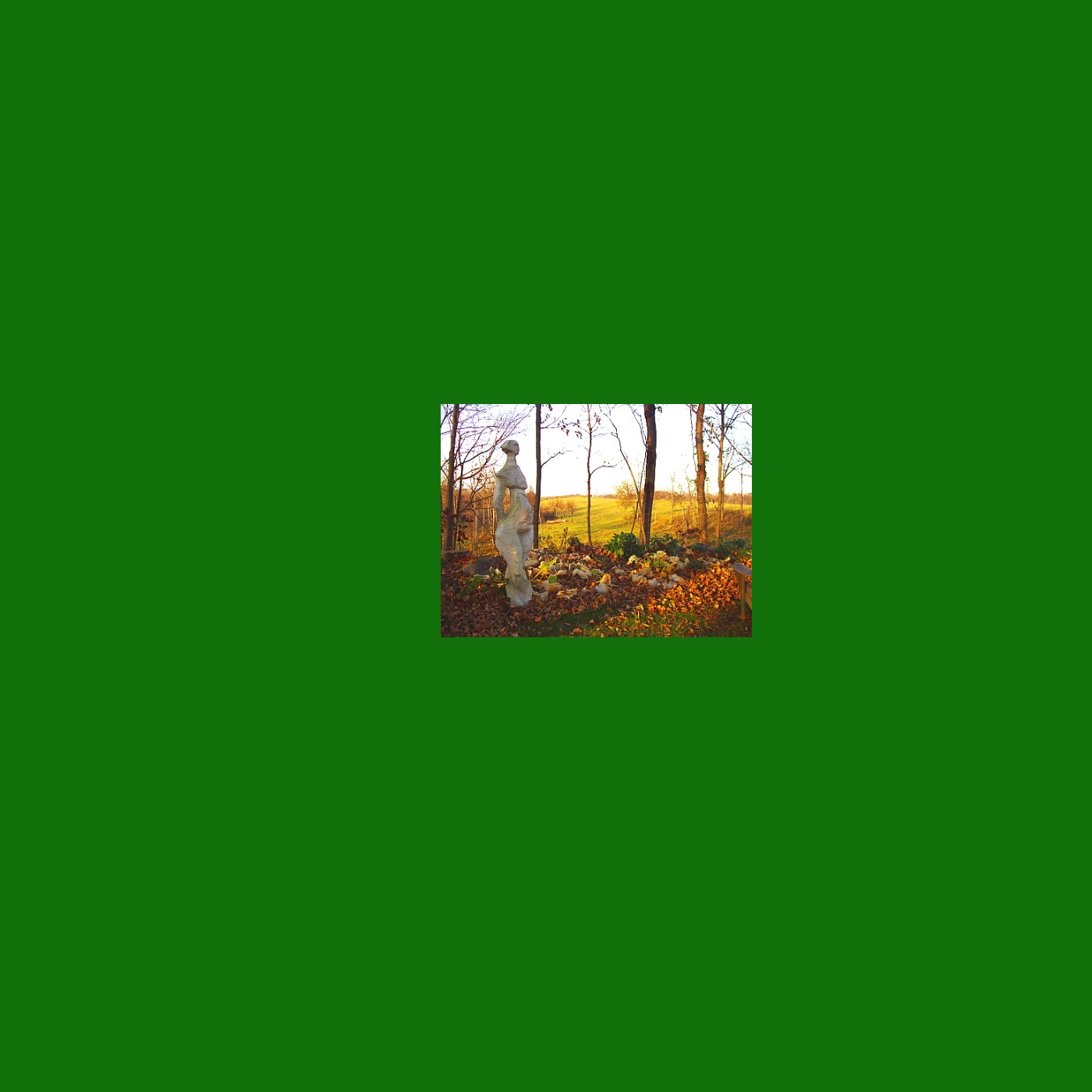
HOW MUCH MUCK
 Muck! Photo by Troy Spindler
Muck! Photo by Troy Spindler
Hey all, it’s Troy again.
While Mark and Victoria have been focusing their energy off-farm lately – Mark on his law practice and Vic on becoming gainfully employed once again – I’ve continued to chug along, making sure that entropy does not overtake the farm in their absence. Last week, I wrote about the rather abrupt transition into full winter, which was a bit of a surprise for us. My natural response when I get caught off guard is to get myself organized. If I can clean up some of the mess around me, then maybe my brain will be clearer and I’ll be more ready for whatever comes next. So I did a farm sweep, gathering up scrap metal, old broken tools, and things that just don’t serve us anymore. With a satisfactory clang and bang, I tossed it all into the dumpster on Palatine Park Road. Returning to the farm, it wasn’t obvious that anything had changed, but the corner of my mind that stored all of that junk felt absolutely breezy.
If there’s a catharsis to getting your shit together figuratively, the same is true for getting your shit together literally – by which I mean mucking. This week, I enjoyed one of the first full barn muckings of the season. If you are raising your eyebrows at the thought of enjoying shoveling muck, then allow me to explain.
There is something undeniably satisfying about mucking a barn. When the shit and straw are nice and compact, they can be readily pulled away from the floor in nice big flakes. There’s nothing quite like the sensation of stabbing the ground with a big fork and peeling it away like a giant scab (are you sold yet?). Bit by bit, you uncover the flat, hard concrete underneath, while also piling the shit up elsewhere to become fertile organic matter. With some arm and leg work and a few hours, you can transform a problem that you have now into a resource for later. It’s amazing! And at the end of it all, you get the satisfaction of knowing that you don’t have to do it again for a good while. That is, unless the muck builds up nearly as fast as you can shovel it. Then you just have a problem that never goes away. If this is currently the case for you, don’t fret, I’ve been studying muck carefully, and I might be able to help.
You see, the rate of muck accumulation is dependent on several factors, all of which are somewhat controllable. The two primary components of muck are animal waste and the hay or straw used for bedding. The amount of animal waste produced is a combination of the number of animals you have and how much time they spend inside the barn. The amount of bedding is simply how much hay you throw on the floor, plus the hay that falls to the ground as the sheep eat clumsily from the manger. Usually, I only sprinkle a little hay on the floor after mucking the barn to prevent slipping, and I leave the rest up to the inefficiency of our sheep – or rather, the inefficiency of our mangers.
Right now, we have two long, V-shaped wooden mangers with open slats that let the sheep poke their heads in to get the hay. I think they look fantastic and are doing a fine job feeding our sheep; however, they have been very leaky lately. Some of our sheep like to dive in deep, trying to find the best bits of hay somewhere in the middle of the manger, while letting other perfectly edible bits fall to floor and mix in with the muck. Thus, the muck in our barn has been growing and the hay has been disappearing all too quickly.
To address this problem, we are testing out two strategies this week to control our overproduction of bedding. For the manger on the South side of the barn, we have constructed a foot-high wall at its base to catch fallen hay and prevent it from mixing with the rest of the muck. The goal is to keep the floor hay relatively fresh, giving the sheep an opportunity to have “seconds” once the good bits are gone from the manger. For the North manger, we lined the inside with chicken wire to prevent sheep from sticking their heads too far in as well as to keep hay from falling out. This way, the sheep have to work harder to pull bits of hay through the wire holes, forcing them to both eat the lower quality hay first and eat it all more slowly.
Eventually we plan to use both strategies for both mangers, but I couldn’t pass up the opportunity to do a quick A/B test to see what was more effective (that’s the scientist in me). So far, the chicken wire looks like it’s doing a better job. The floor guard does keep the fallen hay from mixing with the muck, but it’s not a perfect barrier. Small lambs and stray poops still find their way in there, so that the sheep get their seconds, but they are leaving some “thirds” yet untouched. Whereas, on the North side, barely any hay makes it to the floor at all. I’ll keep you updated on the results of this experiment.
After we optimize our mangers, we can start paying attention to the animal waste side of the equation and start asking the real questions, like “How much mucking do we really want to be doing anyway?” Don’t get me wrong, I stand by what I said, mucking is quite a nice task. But it’s not that great, and our compost mountain isn’t getting any smaller. Maybe we’ll discover a smaller flock would be more than enough to keep our garden and our customer’s gardens well fertilized. Or maybe, we’ll find we can get away with a bigger herd. I can’t wait to find out for sure!
It might seem odd to choose the size of your herd based on how much waste it produces. Other farmers probably start at the other end, trying to build their system around the product they want to sell. How much meat do I want to sell? How much do I want to eat myself? Etc. But if I were starting a farm from scratch, I’d start by thinking about the waste. How much waste can the land support? How much can I stand to shovel? If we can figure out those two questions, then we can start closing our loops and putting the excess nutrients our animals produce back into the soil where it belongs. At which point, it’s not really waste anymore, is it?

WHAT’S AVAILABLE THIS WEEK
Tiny hot matchbox peppers, $5.00 a string, dried and quite decorative.
Acorn squash, $2/each
Decorative Tennessee Dancing Gourds, 4 for $1
Cheese Pumpkins, $2/lb, 5 to 8ish pounds
EGGS: $5/doz
MEATS: We keep some on hand, but it helps to order ahead in case we need to retrieve from our stash in the big commercial freezer
GEESE: One remaining, about 8.5 lbs. $10/lb.
ROASTING CHICKENS – Nice fat Freedom Rangers, frozen, largish (4 to 7 lbs, a few smaller), $6/lb.
LAMB: Riblets $8/lb, small and larger leg roasts $14/lb,
PORK: Loin pork chops, $12/lb (2 to a pack, btwn 1 and 1.5 lbs), Jowl (roughly 2 to 3 lbs each), $12/lb,
Spare ribs and country ribs $7/lb
baby back ribs $8/lb
fresh ham roasts (2 to 3 lbs), $12/lb
smoked bacon, $12/lb
Kielbasa $8/lb
FARM PICKUPS:
Email us your order at [email protected], and let us know when you’d like to pick up your order. It will be put out for you on the side screened porch of the farmhouse (110 Lasher Ave., Germantown) in a bag. You can leave cash or a check in the now famous pineapple on the porch table. Regular pickup times are Saturday and Sunday from 11 a.m. to 1 p.m. and 4 p.m. to 5 p.m., other days by arrangement. If you have questions, don’t hesitate to call at 518-537-3815 or email.

With temperatures forecast to plunge well below freezing imminently, I realize the days of covering my fall plantings at night to extend my growing...

If I tell you you're going to hear the real dirt on me, you may expect something salacious. Sorry to disappoint. The real dirt...

Intimacy is a powerful and, I am sure, genetically impelled need. The farm is, I am constantly reminded, a hotbed of intimacy. One of...